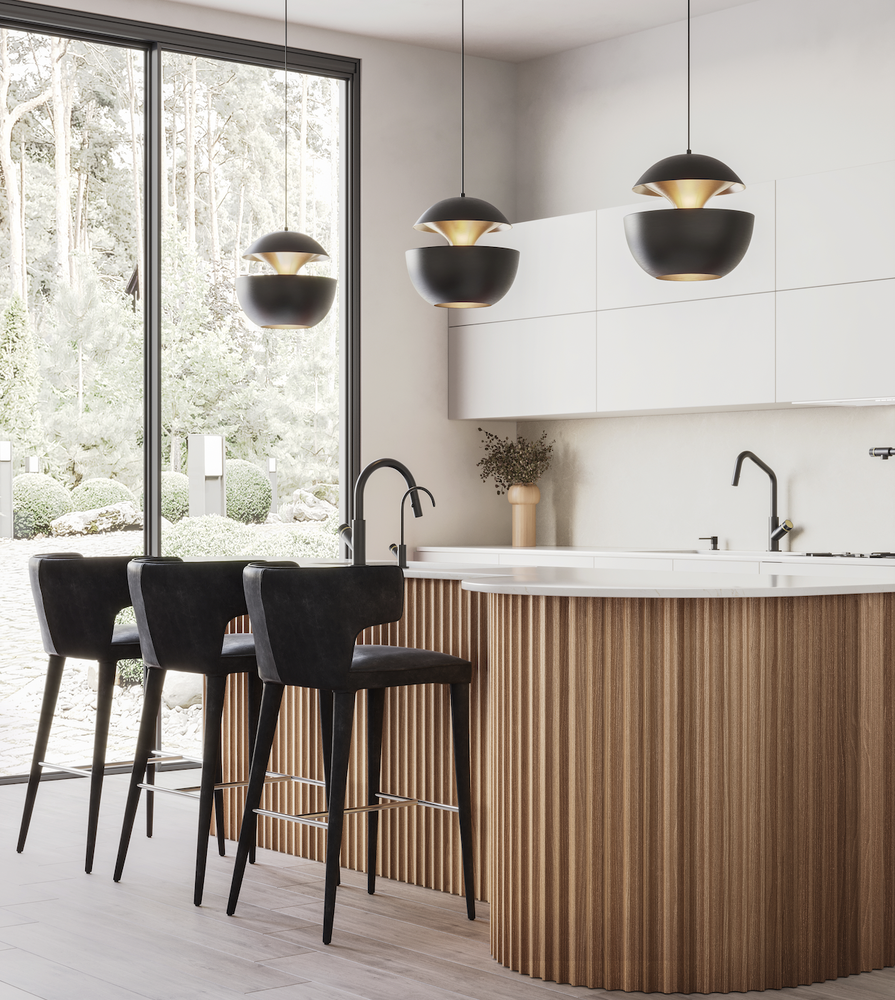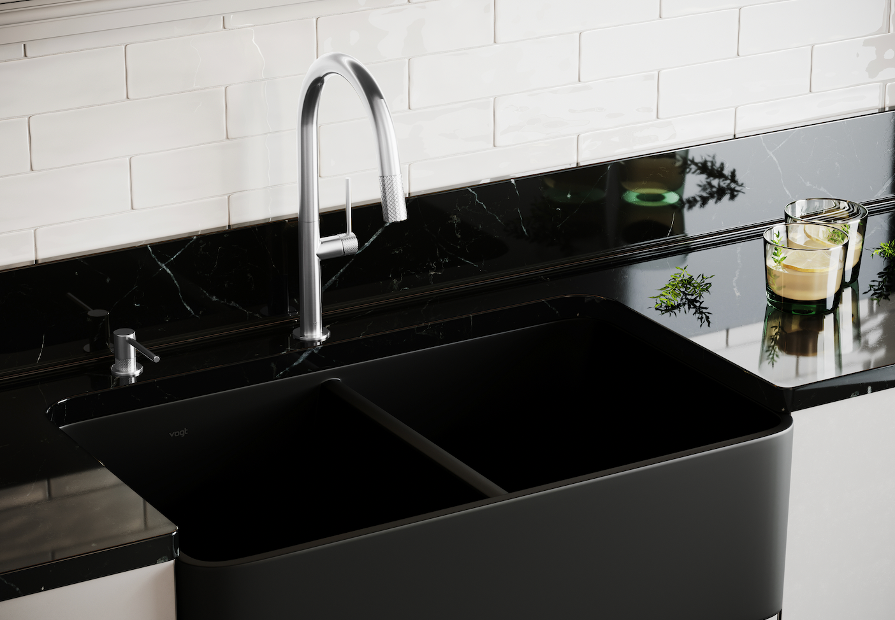When it comes to design in the age of TikTok recommendations and a more-more-more culture, we’re all constantly on the search for the next best accessory or home addition. Minimalism is a key design principle and practice that can help you to de-clutter and create a peaceful, organized living space. Whether you're a homeowner looking to simplify your life and make your space look more open (and easier to clean) or a designer aiming to create a chic and luxurious portfolio, this blog is your survival guide for creating a clutter-free home.

[Luxurious, minimalist design shines in this space].
What is Minimalism?
Minimalism goes beyond aesthetics; it's about reducing the anxiety of constantly bumping into... stuff, and creating a stress-free environment.
A clutter-free space allows you to return home and instantly unwind. Walking through a streamlined, open space – grabbing a snack from an aesthetic fruit bowl, curling up on the clean, cream sofa – is instantly more luxurious when you aren’t surrounded by unnecessary trinkets and pieces.
For designers, embracing minimalism shows that you have an eye for clean, elegant design (which is very attractive to current and prospective clients). The minimalist style will resonate with clients who are looking to create a chic, sophisticated atmosphere (no matter the budget or the size of space that you’re working with! Any space is elevated with minimalist simplification).
The Art of Decluttering
Mindful Consumption
While minimalism definitely has aesthetic benefits, it’s also an environmentally-friendly and eco-conscious choice. Minimalism is all about thoughtful consumption – only bringing things into the space that enhance it, whether they’re fixtures or accessories (but more on that later). By working with fewer items, you're being sustainable by reducing waste and focusing on the essentials.
How to Declutter
Decluttering starts with brutal honesty. Start by evaluating your possessions – you can use Marie Kondo’s “sparks joy” principle as a rule of thumb. If an item doesn't bring you joy or serve a practical purpose, let it go!
An open, easy-to-use space requires thoughtful organization and planning. Incorporate storage solutions that hide away random items, gadgets and accessories when they’re not in use – like storing the flat screen in the bedroom in a cabinet, and making sure that wires are tucked away.
Mindful Aesthetics
Choosing Functional Furniture & Fixtures
In minimalist design, fixtures play a crucial role when it comes to optimizing the space. Vogt’s kitchen sinks and faucets are designed with storage in mind, featuring drainage pipes at the back of kitchen cabinets to create ample storage space in the front. Built-in shelving, hidden storage compartments, and wall-mounted storage systems can also help maintain a clutter-free environment.

Sustainable and Eco-Friendly Materials
Minimalist design, like we talked about earlier, often aligns with sustainable best practices. Choose materials like Vogt’s signature Vogranite, a sustainable and eco-friendly option, for countertops and surfaces. These materials not only promote eco-conscious living but also add to the minimalist aesthetic – they’re clean, (literally and aesthetically), smooth and modern.
When you embrace minimalism, there’s nothing like coming home to a fresh, open-feeling space every day. Be kind to yourself on the minimalist journey – it can be hard to let go of stuff! It’s a personal journey that your future self (or client) will thank you for.